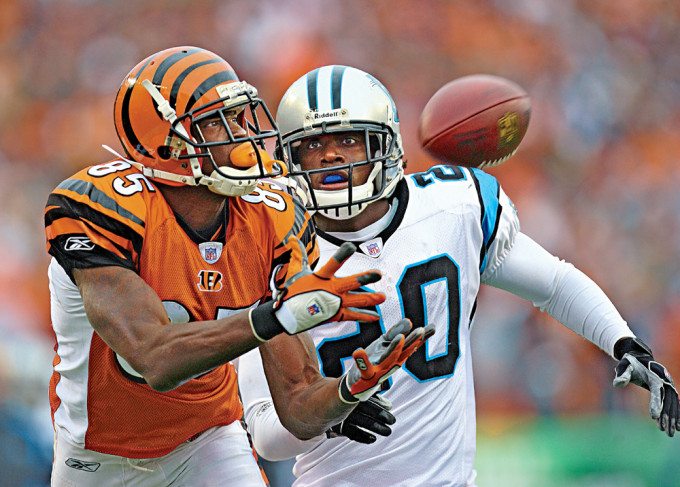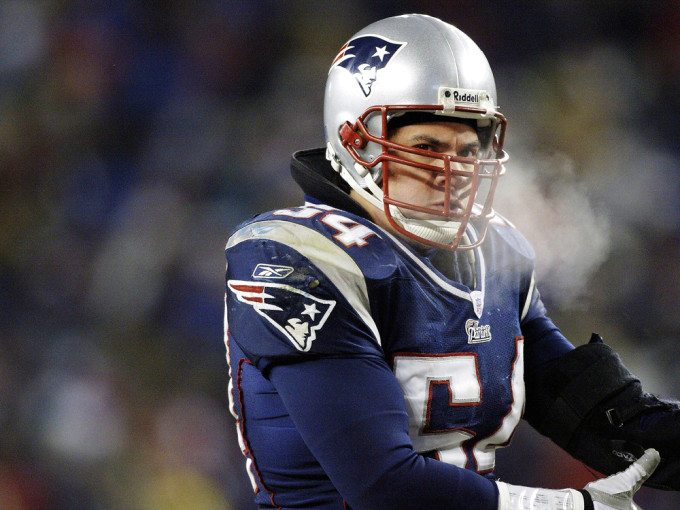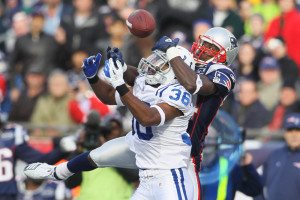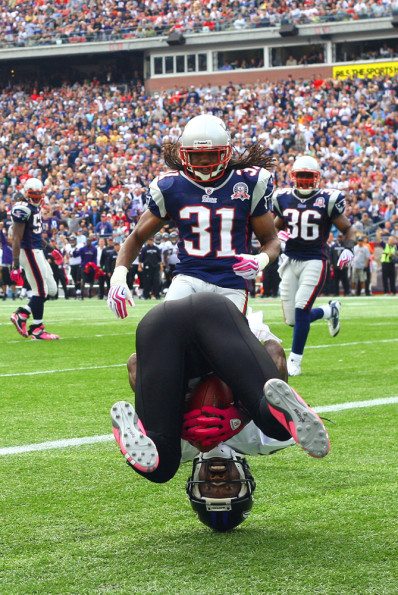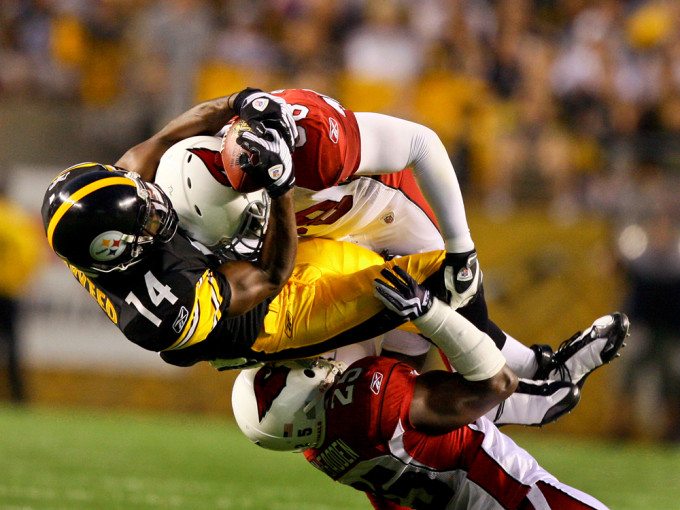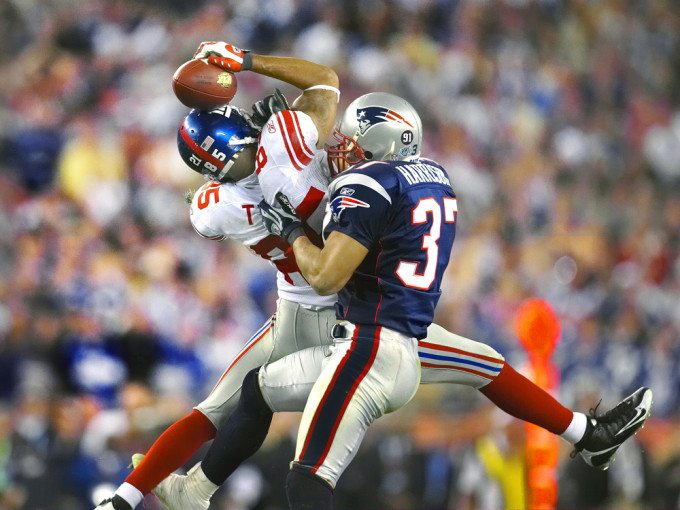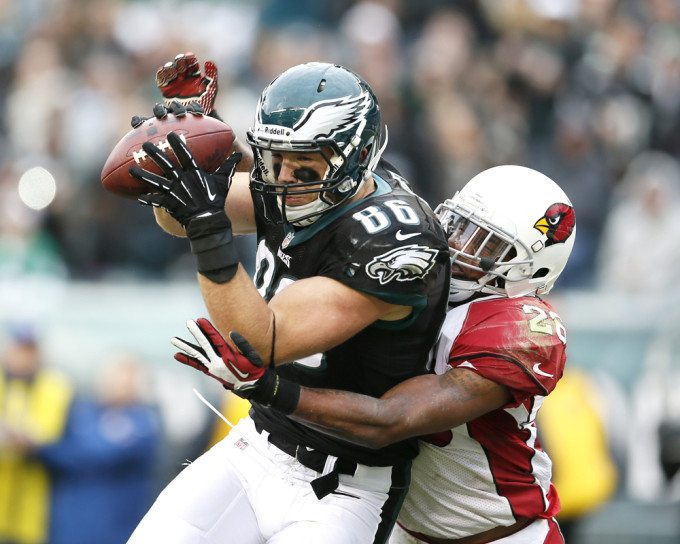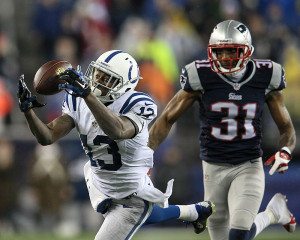All images by Damian Strohmeyer. Used with permission.
Damian Strohmeyer is a Boston based sports photographer that has been shooting for wires and magazines for many years. Like many of the more seasoned veterans, he started out at a small paper and spent hours slaving away in darkrooms. Sports was always in his blood as he played in high school and loved it. This love of sports eventually gave way to his first chance to shoot the Super Bowl in 1987.
Like any photographer that’s been doing this for years, Damian has adapted to the digital world and marketing techniques along with honing his people skills to ensure that he networks effectively to find his next gig.
We talked to Damian about shooting the Super Bowl, sports photography, and the times that he missed the shot–just in time before Super Bowl Sunday.
Phoblographer: Talk to us about how you got into photography.
Damian: I took a job working at a small paper in Topeka, Kansas working in the darkroom, progressed to staff photographer when I graduated college and then moved on to The Denver Post where I worked for six years. I started doing regular assignment work for Sports Illustrated in 1985 that continues into today. I have been a freelancer, contract, and staff photographer there. I’m listed as a “Special Contributor” on the masthead today. I do a lot of commercial photography now, most related to sports in some way.
Phoblographer: What made you want to get into sports photography?
Damian: I played three sports in High School. Played college basketball for three years and just was kind of always around sports so it was a natural progression into sports photography once I learned the basics of photography.
Phoblographer: You’ve been shooting for many, many years. Photographers with experience like yours say that the biggest changes in the industry are anything from the transition from film to digital while others say the adoption of social media as a marketing tool. What do you think was the biggest change, and why?
Damian: I think digital photography brought photography to the masses and the combination with autofocus, autoexposure and digital kind of took the craft out of photography. When I started in sports photography in the mid and late 80’s there were only a handful of people out there who you could depend on to manually focus a 600mm lens. Now anyone with enough money can buy an autofocus 600mm lens and if they are pointing it at the right place at the right time get the photo. Not so much so in the manual focus days.
Phoblographer: Shooting the Super Bowl is exciting and nerve wracking. What was it like your very first time?
Damian: My first Super Bowl was in Pasadena I think. I don’t remember a lot about the game except that the Denver Broncos got beat by the New York Giants and Phil Simms had a big game for the Giants.The light was gorgeous for the first half or so. Bear in mind that the Super Bowl wasn’t nearly as big a deal in 1987 or whenever that was. I remember that I thought the game would never get there because I was there all week chasing features for The Denver Post. I was exhausted by the time the game finally happened.
Phoblographer: Tell us about a time that you missed a shot but really wish that you got it.
Damian: There have been a lot of fish that jumped the hook over the years. I t might be tough to remember them all but I do remember missing a photo of Emmitt Smith when the Cowboys were on their run of Super Bowl wins in the 90’s. I know Walter Iooss who was shooting over my shoulder got it and it was the cover of SI. I just flat pulled it manually focusing. It was about then that I realized I needed to probably investigate autofocus.
Phoblographer: Sports photographers surely shoot lots of photos each game. But what are three of your personal favorites and why?
Damian: I think my photo of David Tyree’s amazing catch in the Super Bowl in 2008 was a pretty defining photo of a really dynamic play. I think the photo I have of Jason Varitek putting his mitt in Alex Rodriguez’s face in July of 2003 was a nice photo of a moment that Boston people remember as a pivotal day in their run for their first World Series win since 1918. I think my photo of the LSU runner crossing home plate jubilant with the winning run against Stanford int he 2000 College World Series is a great moment of a critical play that composes and tells a story in a definitive way.
Phoblographer: What do you think makes for an absolutely amazing football photo?
Damian: You just have to have the faces. Faces make the pictures a majority of the time. You have to have a clean background, or one that doesn’t take away from the photo and you have to have timing to capture the photo at the pivotal moment. Angle is really important but that kind of goes along with the background selection. Sports photos and football photos in particular usually benefit from a low angle perspective.
Phoblographer: Talk to us about the gear that you use.
Damian: I’m a Canon guy through and through. I use EOS-1Dx cameras for the most part with my basic kit including a 16-35 f2.8, a 24-70 f2.8, a 70-200 f2.8 and then depending on what I’m doing some sort of super telephoto like a 300 f2.8, 400 f2.8 or a 600 f4.0. I’ll use the Canon 1.4 teleconverter a lot when I need to on the telephoto lenses. I also have speciality lenses like a 200 f2.0 and a 28-300 f 4.5-5.6. I use a 24-105 f 4.0 for portrait work and I also like the 17-40 f4.0 lens especially as a remote camera lens.
Phoblographer: How do you think Sports Photography is going to change in the future considering slimmer budgets and things like Sports Illustrated cutting their entire photography staff?
Damian: Like all things the best work with the best content is going to survive. No question you don’t want to be low hanging fruit. You want to be at the top of the tree where rates should stay steady. I think your business skills are going to be even more critical as things tighten up even more. You need to understand the value of your work, how to license it, and perhaps most critically how to market yourself to make your work desirable.
Phoblographer: Many of the best skills that a photographer learns usually isn’t shooting. What do you think yours is and why?
Damian: My best photo skill is my best personality skill. I’m honest, forthright and I’m going to give you my best effort whether it be for an Ad shoot, and editorial portrait or as referee for a Special Education basketball game. You will never regret giving your best effort. The extra effort you put into the shoot with the editor, the subject, your assistant, the art director, whoever is never a waste. I’m really big on putting everyone on the same team so that everyone from subject to grip feels like they are a part of the success of the shoot.


